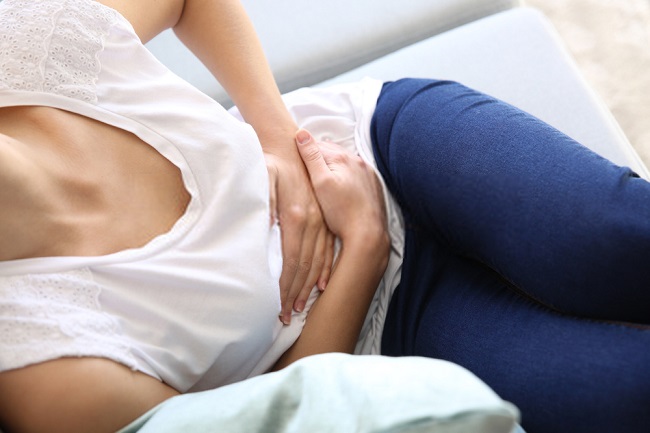Endometriosis is a diagnosis that many women unfortunately are given every year whether they’re going for their yearly exam, are trying to determine why they’ve had problems in their attempts to conceive, or are experiencing a range of endometriosis symptoms.
Endometriosis is when the endometrial lining forms in other areas of the uterus such as on the Fallopian tubes, ovaries, or even on the bladder. In some cases non surgical treatments such as birth control pills or hormonal therapy prove unsuccessful and surgery has to be carried out for treatment to move forward.
Surgery is often used as a last resort for women who have endometriosis. The main goals of surgery is to remove as much of the endometrial tissue as possible while ensuring that a woman is able to still have children. Surgery is used in a variety of circumstances such as if you are experiencing severe pain that refuses to respond to either painkillers or hormones, the endometriosis is larger than 2 inches in size, or endometriosis is interfering with other areas of your body such as bowel functions.
The endometriosis is either cut away or burned with heat from a laser or electric current. The use of surgery has proven to be more effective in treating endometriosis than hormones alone but many doctors will request and suggest that you use medication after surgery to avoid having the symptoms return to start the cycle all over again.
Many women who have surgery to treat endometriosis are disappointed once they realize that immediate relief is not always in their future. In some cases, when the uterus and it’s surrounding regions have been plagued by excessive endometrial tissue surgery removes this and relieves the pressure and pain that has been present. Once this is released, pain is immediately decreased and some women see a significant decrease in pain after surgery.
Another circumstance in which pain may be relieved immediately after surgery is when the endometriosis causes two structures that aren’t meant to work together to be joined. For example, an ovary that is attached to the bowels will be in pain whenever a bowel movement is carried out. Once surgery is conducted and the adhesion removed, pain will instantly be removed as well.
Some women experience lingering pain after surgery. In many cases this is because the tissue that still exists doesn’t know the difference between endometriosis and the surgery that was carried out to fix it. The nerves aren’t able to distinguish a difference between surgery and the swelling that covers the raw area and thus pain continues to be present until the healing time can be completed.
Unfortunately for some women, during the time immediately after healing they experience their menstrual period which can increase the amount of pain that is present. The already swollen tissues are expected to carry out the normal functions every month and haven’t yet quite healed to 100%. This is why the first period after surgery is often heavier, clotty, and longer.
Periods after the initial one should decrease in intensity and severity as time continues.
Endometriosis has no guarantee of being gone forever; even after surgery many women experience post surgical endometriosis.
On average close to 45% of women have symptoms return one year after surgery. This is why it is important to have careful monitoring after surgery and to ensure that you get rid of what’s causing your endometriosis in the first place.



